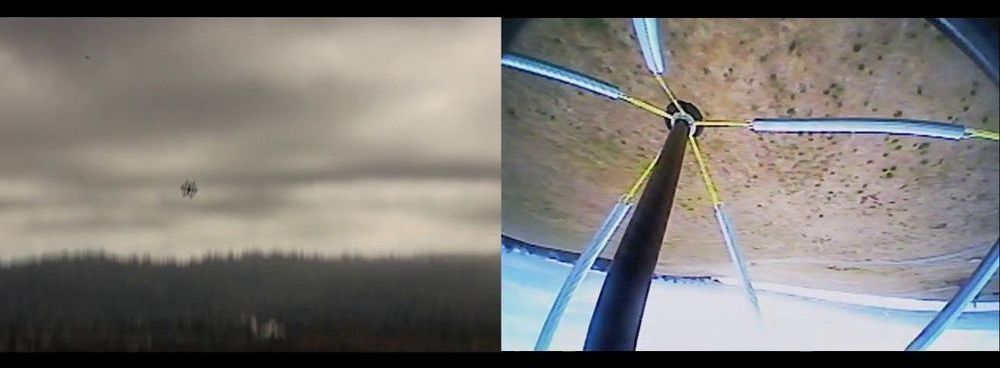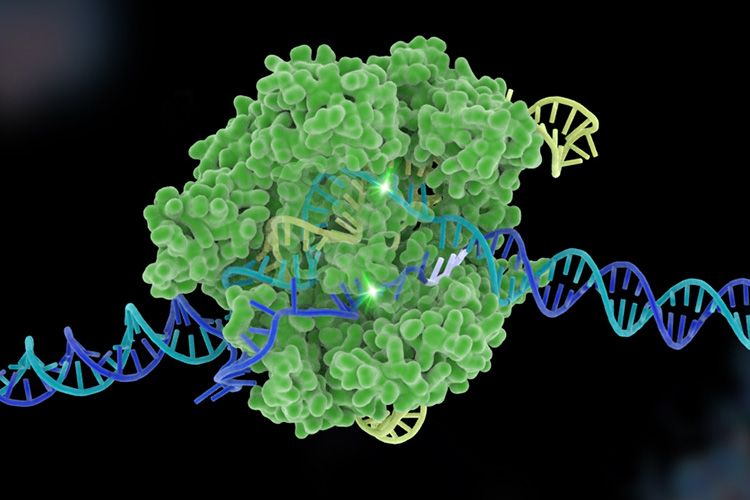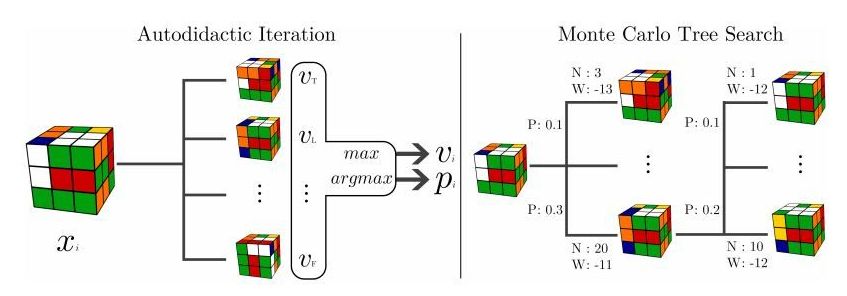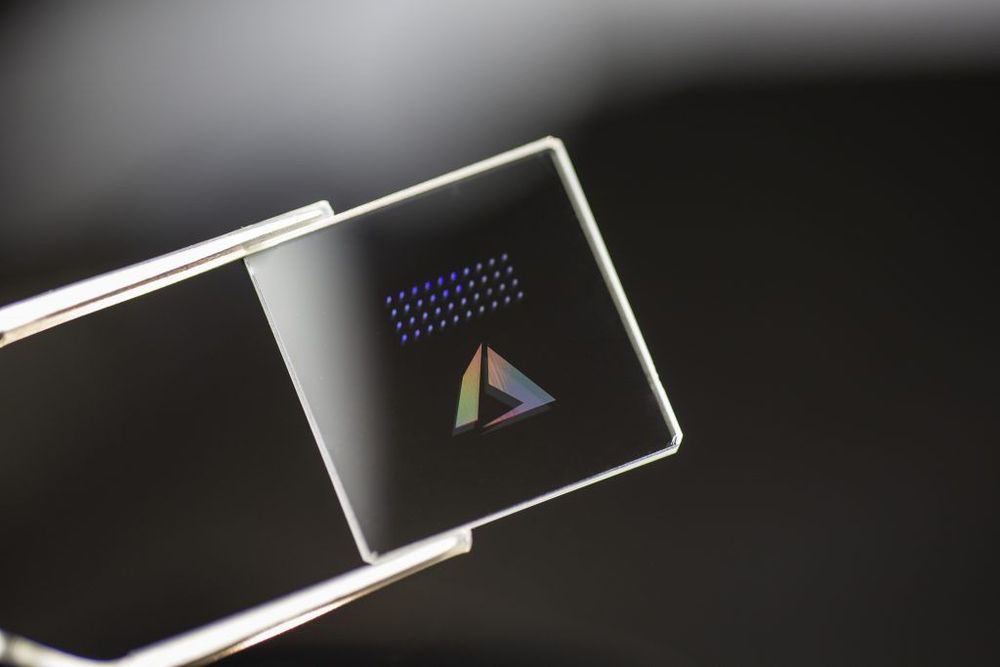Page 8206
May 8, 2019
UC awarded third CRISPR patent, expanding its gene-editing portfolio
Posted by Victoria Generao in categories: biotech/medical, genetics
Fourth patent for CRISPR-Cas9 expected in coming months as patent board works its way through past UC applications.
Right now Chandra is studying the core of a galaxy in Fornax! Nearby in the sky is NGC 1097, a galaxy with copious clusters of young, blue stars speckling its spiral arms. This galaxy contains a central black hole about 100 million times the mass of our Sun!
May 8, 2019
Python for Beginners 23: Python Dictionary #machinelearning #datascience
Posted by Marcos Than Esponda in category: materials

Module 3 — python data structure
Follow Me :
Continue reading “Python for Beginners 23: Python Dictionary #machinelearning #datascience” »
📣Discovery Alert: These three new planets are 🔥🔥🔥.
📣 Discovery Alert: These three new planets are 🔥 🔥 🔥
Qatar-8b, 9b and 10b are all gas giants like our own Jupiter and Saturn, but in such tight orbits \xE2\x95️ around their parent stars ☀️ that they hover between 1,457 degrees to 3,000 degrees F.
May 8, 2019
THIS is computer music: Ge Wang at TEDxStanford
Posted by Marco Monfils in categories: computing, education, media & arts, mobile phones
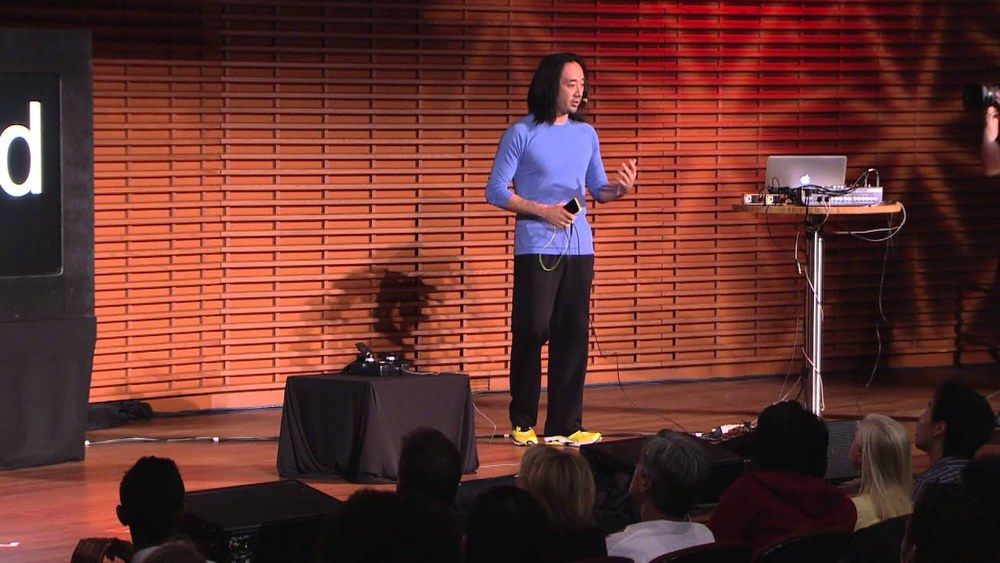
Art for humanity via technology, for the music geek in you Enjoy:-)
Ge Wang is an assistant professor at Stanford’s Center for Computer Research in Music and Acoustics (CCRMA).
His research focuses on programming languages and interactive software design for computer music, mobile and social music, laptop orchestras and education at the intersection of computer science and music. Wang is the author of the ChucK audio programming language, as well as the founding director of the Stanford Laptop Orchestra (SLOrk) and the Stanford Mobile Phone Orchestra (MoPhO). He is also the co-founder of Smule (which makes social music making apps and has over 100 million users) and the designer of the iPhone’s Ocarina and Magic Piano.
Continue reading “THIS is computer music: Ge Wang at TEDxStanford” »
May 8, 2019
A machine has figured out Rubik’s Cube all by itself
Posted by Marco Monfils in categories: futurism, robotics/AI
Working strategy, by starting at the desired end destination and then looking back, by connecting the dots as they are presented chronologically (in our present) towards the future, a strategic level of thinking now available to machines.
Unlike chess moves, changes to a Rubik’s Cube are hard to evaluate, which is why deep-learning machines haven’t been able to solve the puzzle on their own. Until now.
May 8, 2019
Digital immortality: How your life’s data means a version of you could live forever
Posted by Marco Monfils in category: life extension
Fascinating. Yes, digital provides a slice of the human life, but its not complete.
Your family and friends will be able to interact with a digital “you” that doles out advice—even when you’re gone.
May 7, 2019
Skin-derived Stem Cell has Potential to Regenerate Myelin Sheath
Posted by Jacob Anderson in categories: biotech/medical, neuroscience
Neurodegenerative diseases like multiple sclerosis (MS) affect millions of people worldwide and occur when parts of the nervous system lose function over time. Researchers at the University of Maryland School of Medicine (UMSOM) have discovered that a type of skin-related stem cell could be used to help regenerate myelin sheaths, a vital part of the nervous system linked to neurodegenerative disorders.
The discovery into these types of stem cells is significant because they could offer a simpler and less invasive alternative to using embryonic stem cells. This early stage research showed that by using these skin-related stem cells, researchers were able to restore myelin sheath formation in mice.
“This research enhances the possibility of identifying human skin stem cells that can be isolated, expanded, and used therapeutically. In the future, we plan to continue our research in this area by determining whether these cells can enhance functional recovery from neuronal injury,” said Thomas J. Hornyak, MD, PhD, Associate Professor and Chairman of the Department of Dermatology, and Principal Investigator in this research. “In the future, we plan to continue our research in this area by determining whether these cells can enhance functional recovery from neuronal injury.”
Continue reading “Skin-derived Stem Cell has Potential to Regenerate Myelin Sheath” »
Is developing the first-ever storage technology designed and built from the media up, for the cloud. We are leveraging recent discoveries in ultrafast laser optics to store data in quartz glass by using femtosecond lasers, and building a completely new storage system designed from scratch around this technology. This opens up an incredibly exciting opportunity to challenge and completely re-think traditional storage system design, and to co-design the future hardware and software infrastructure for the cloud.
We are hiring for this and related projects: Post-Doc Researchers in Storage Software and Optical Systems, and internships in Software, FPGA, Electronics and Optics.
This project is a collaboration with the University of Southampton Optoelectonics Research Centre, and was featured in a Microsoft Ignite 2017 keynote on future storage technologies.
